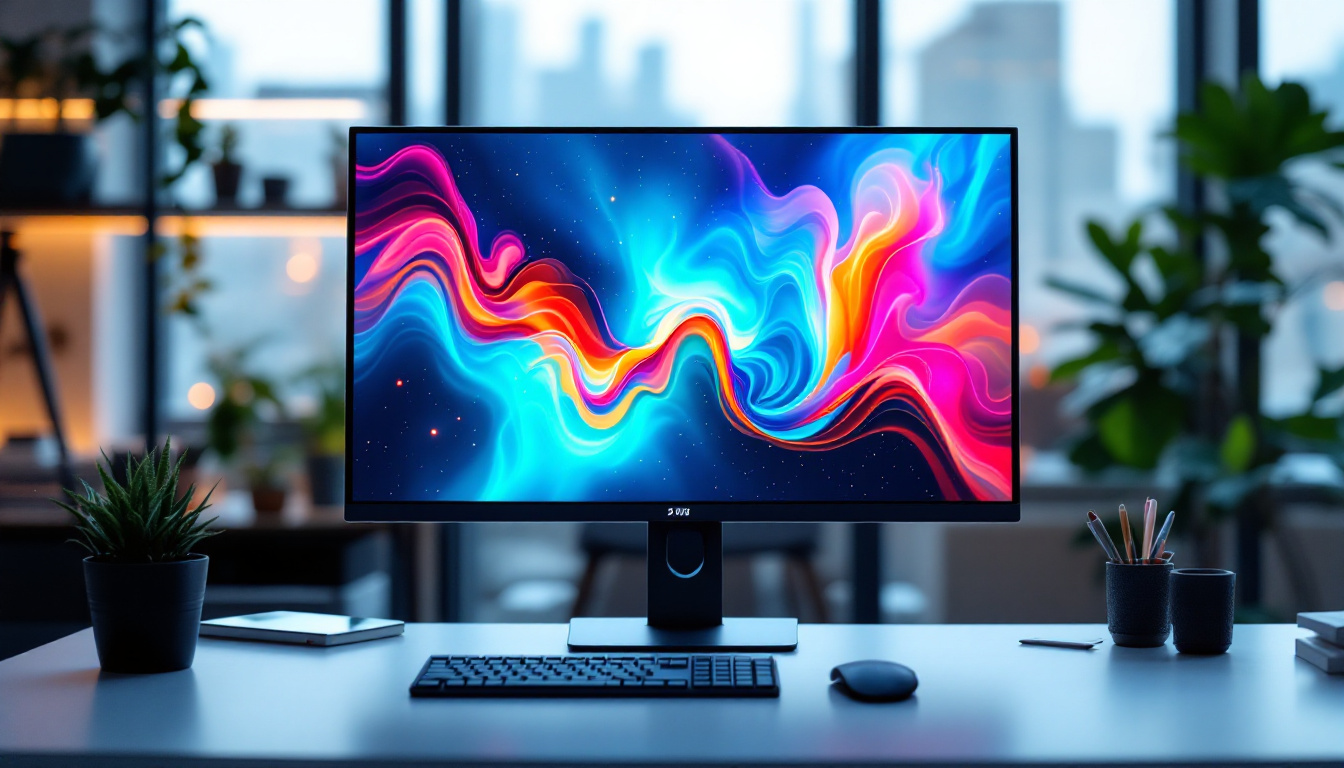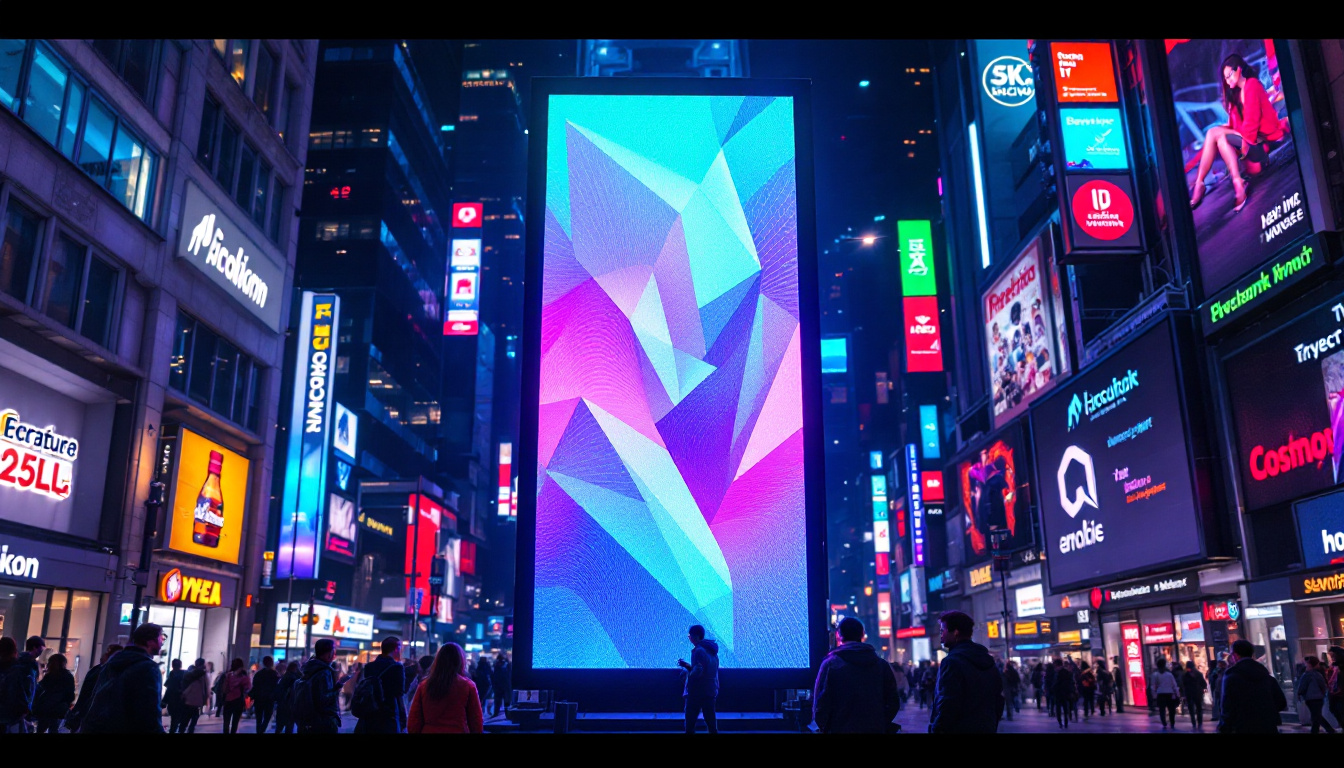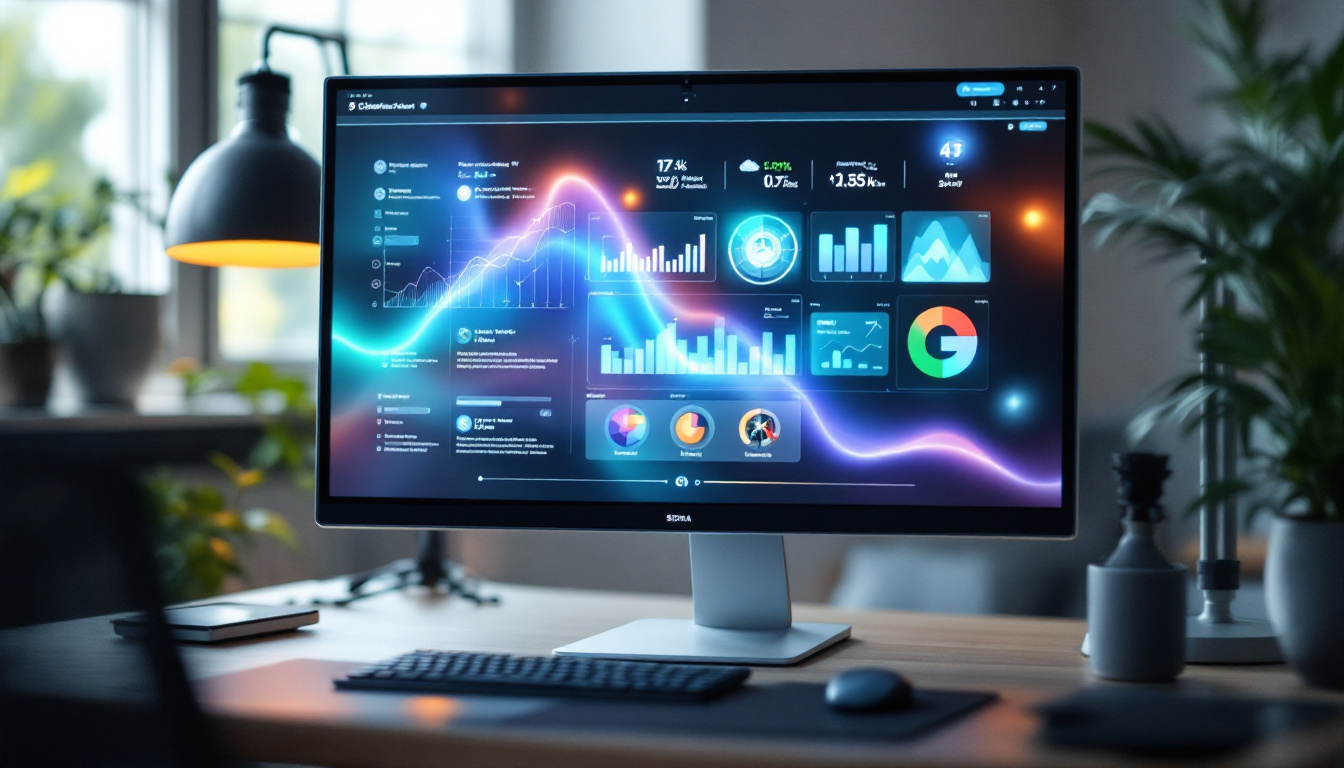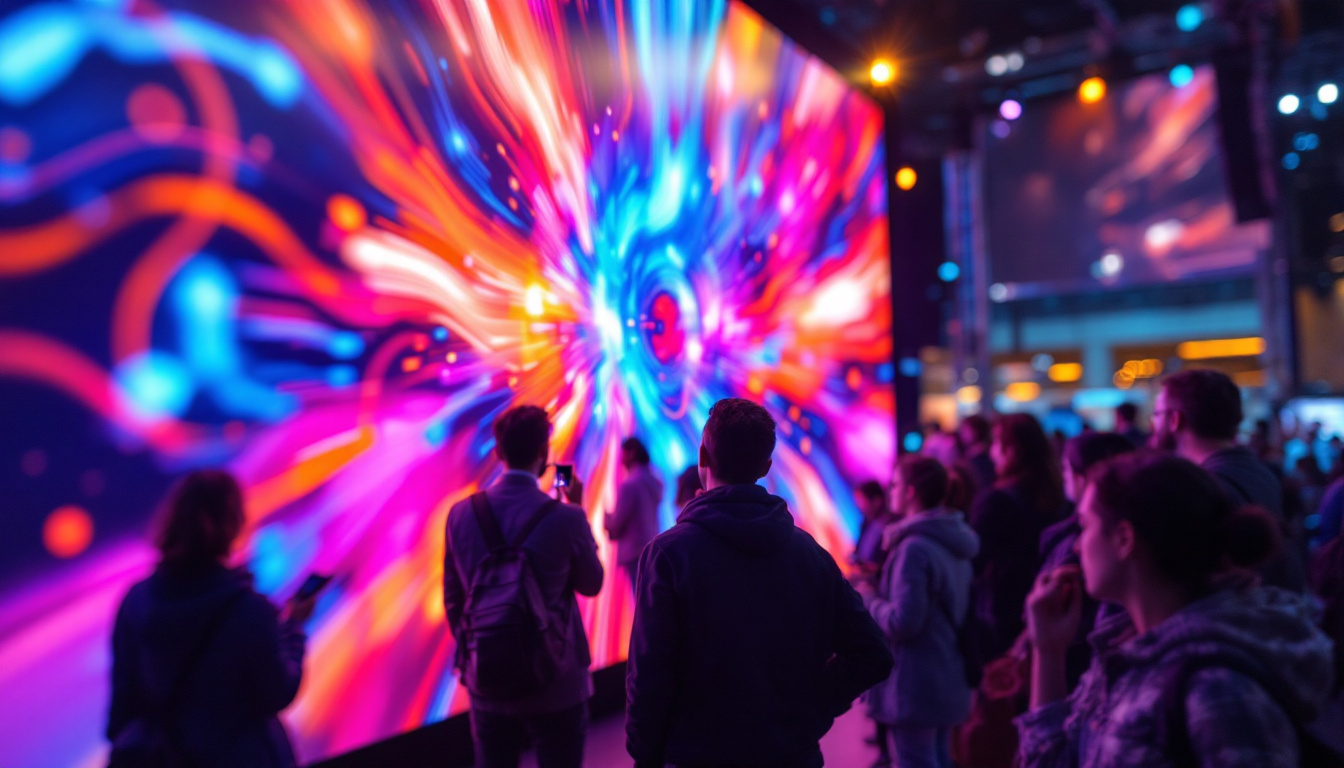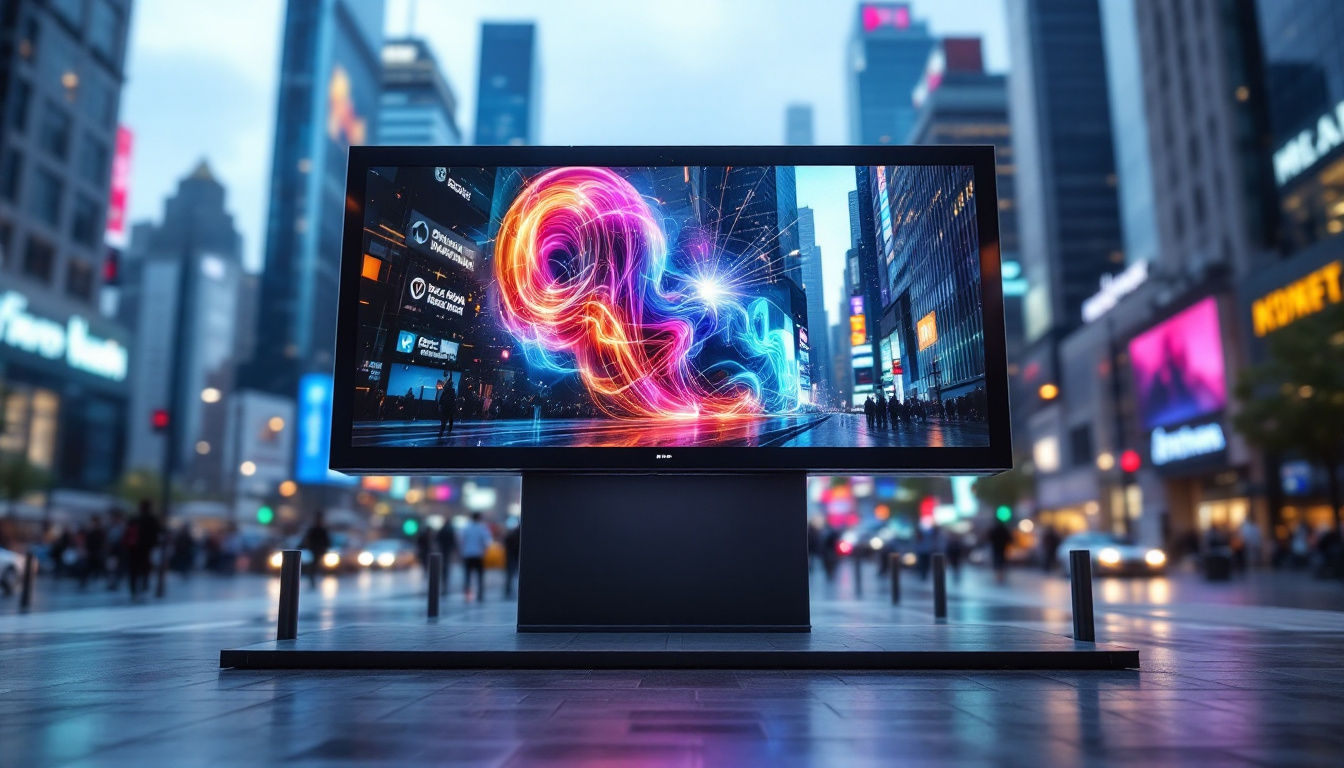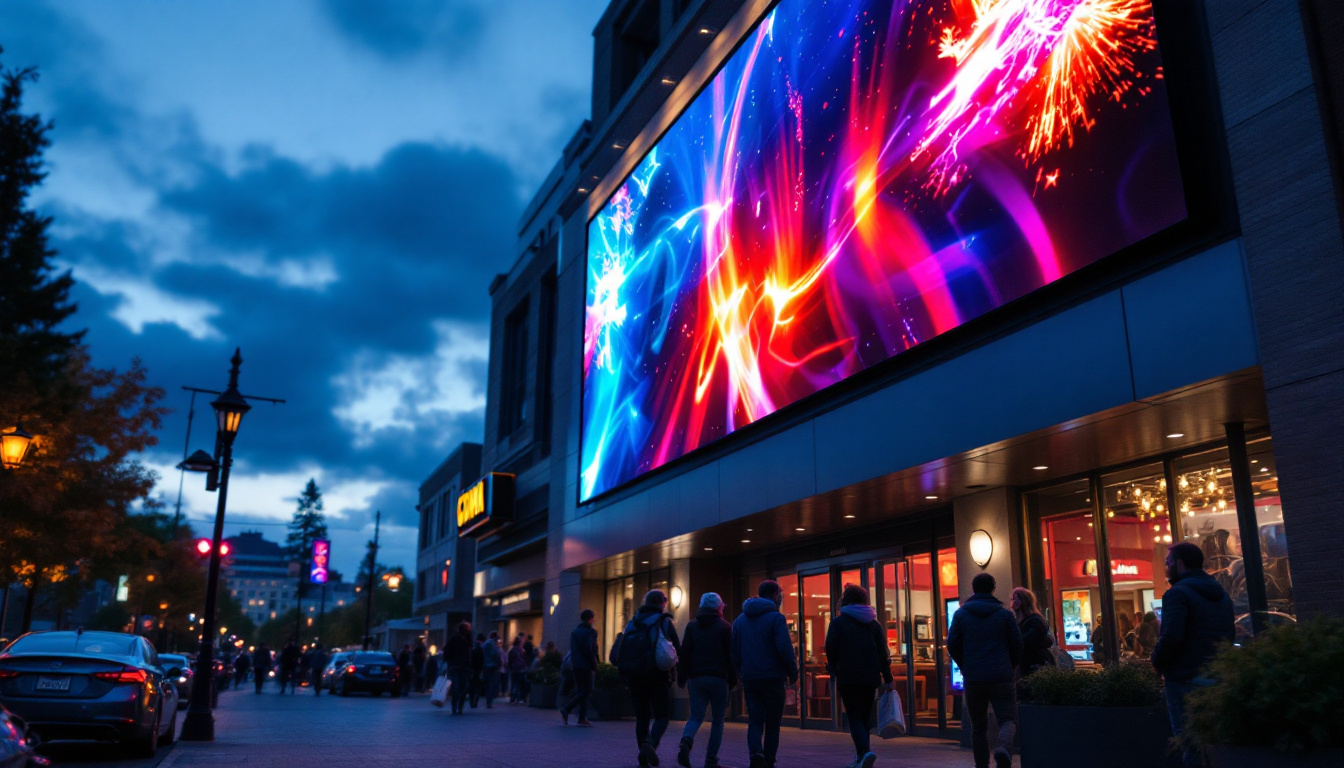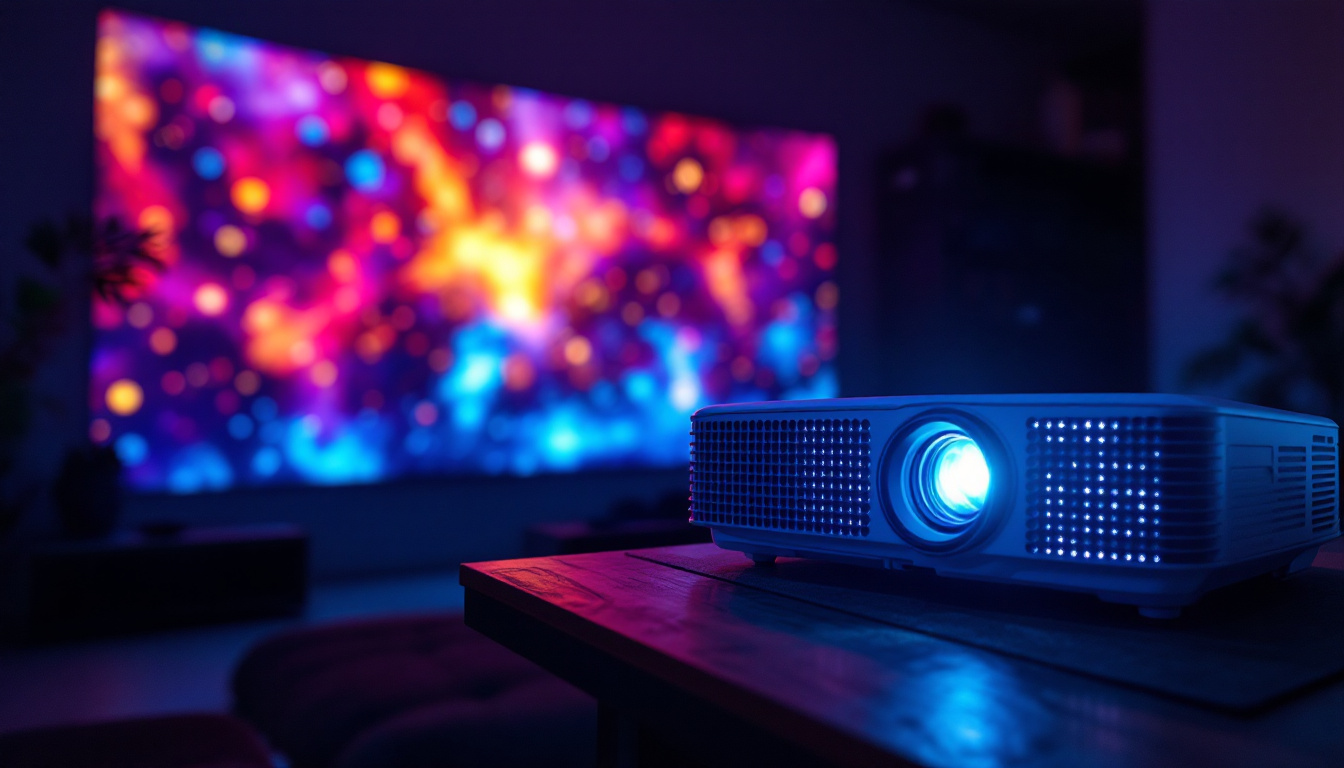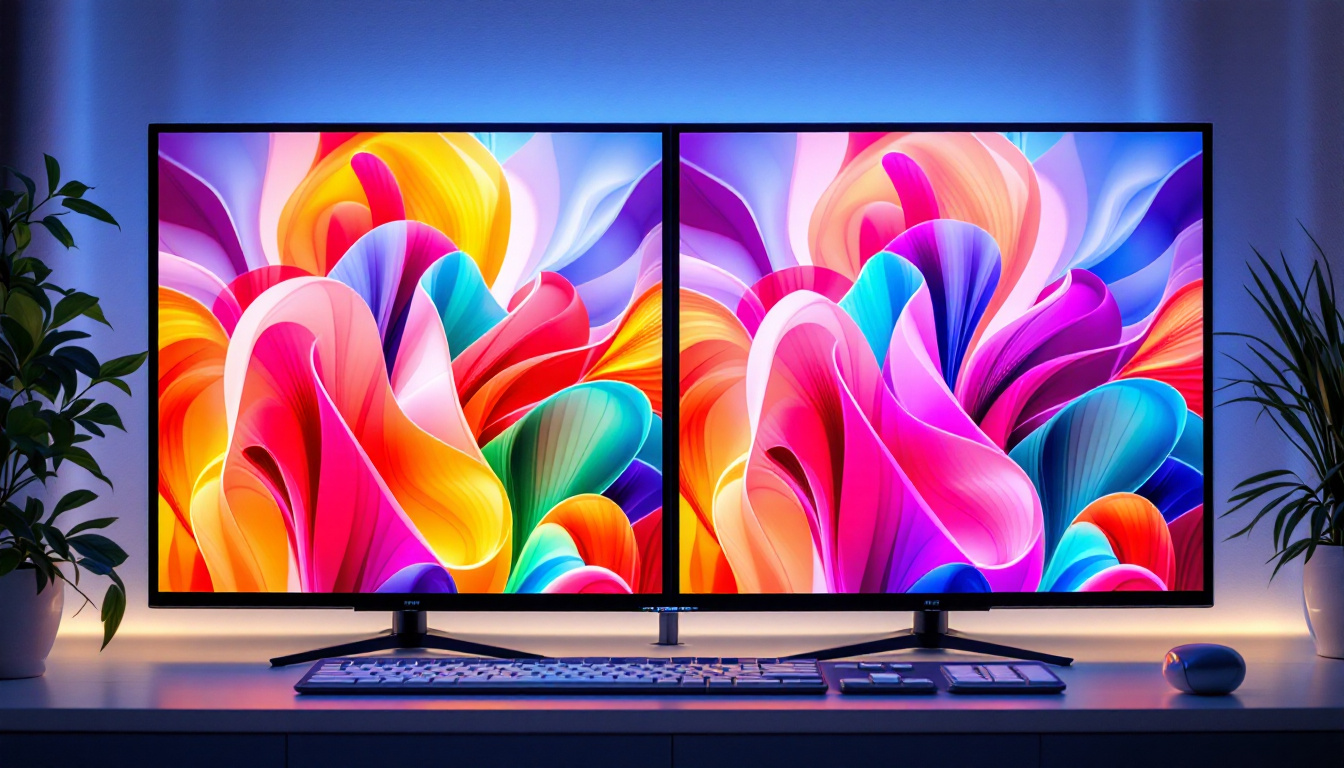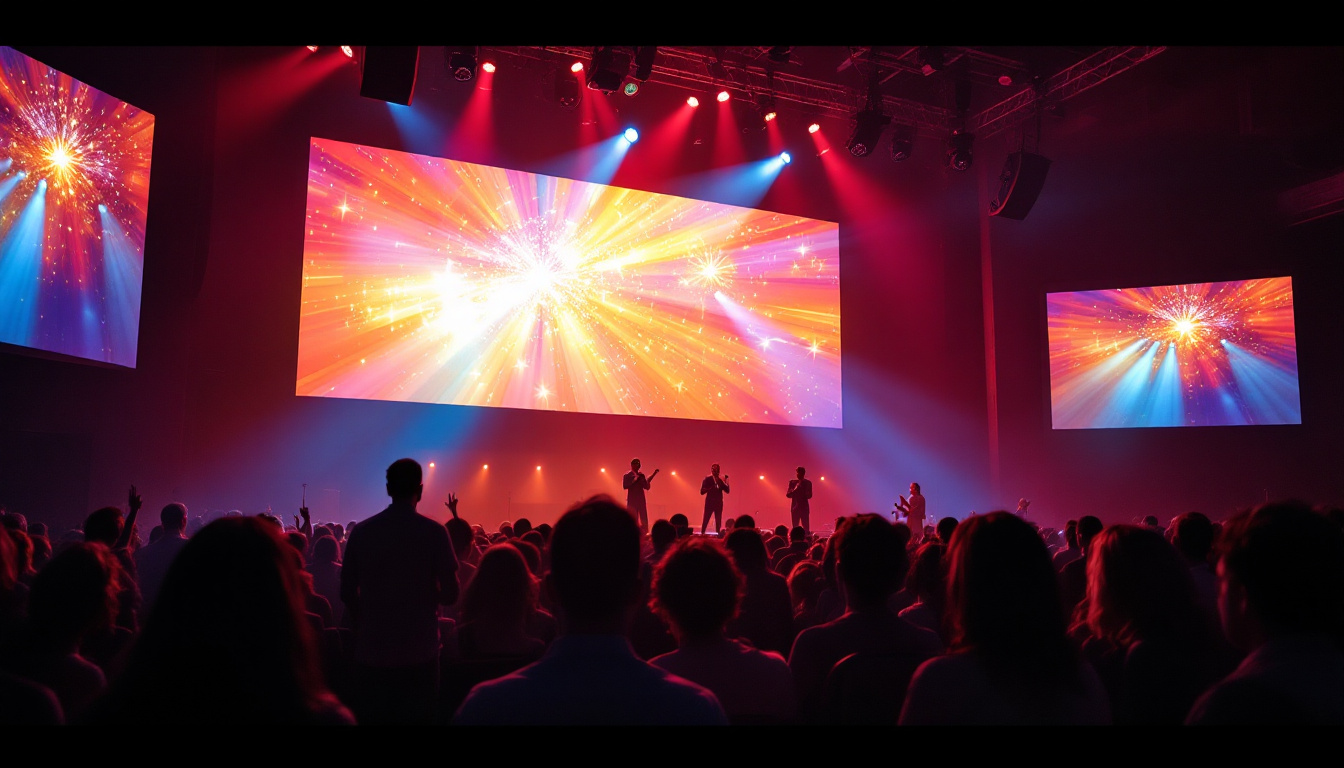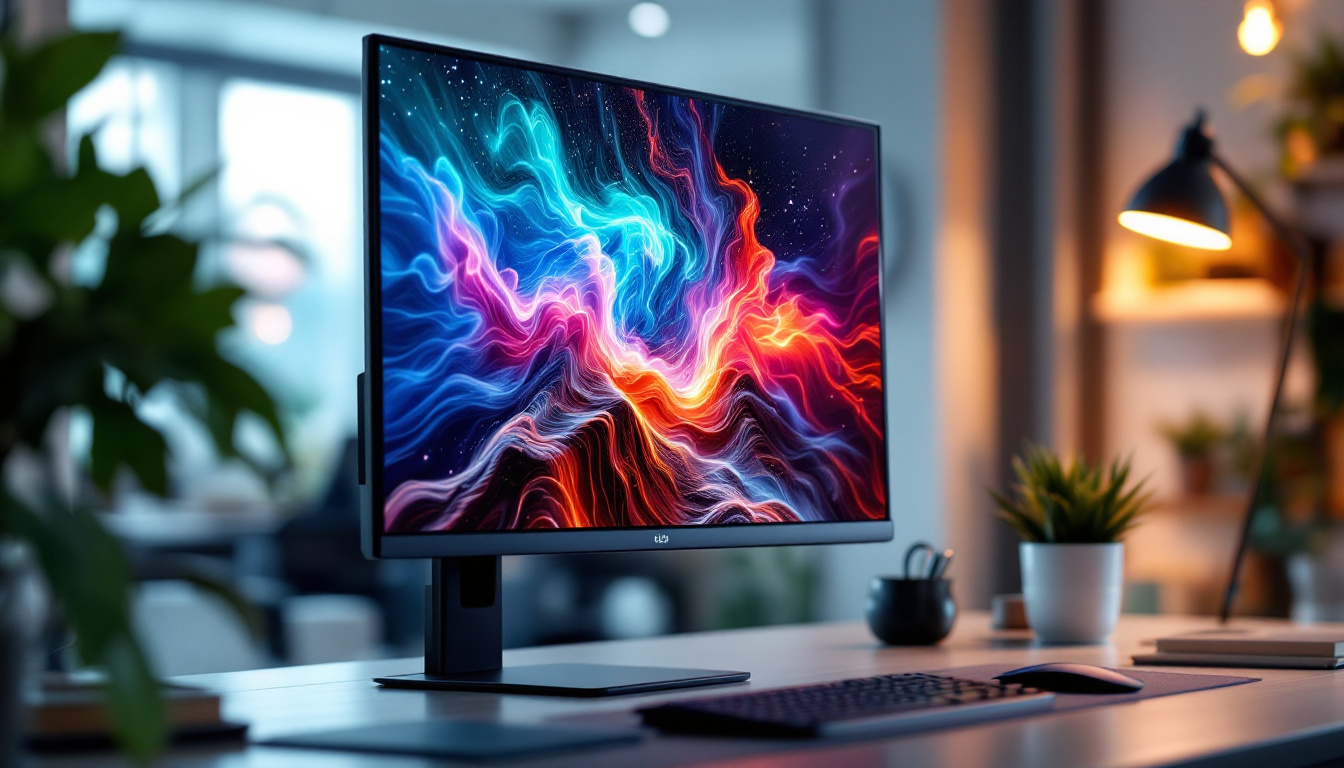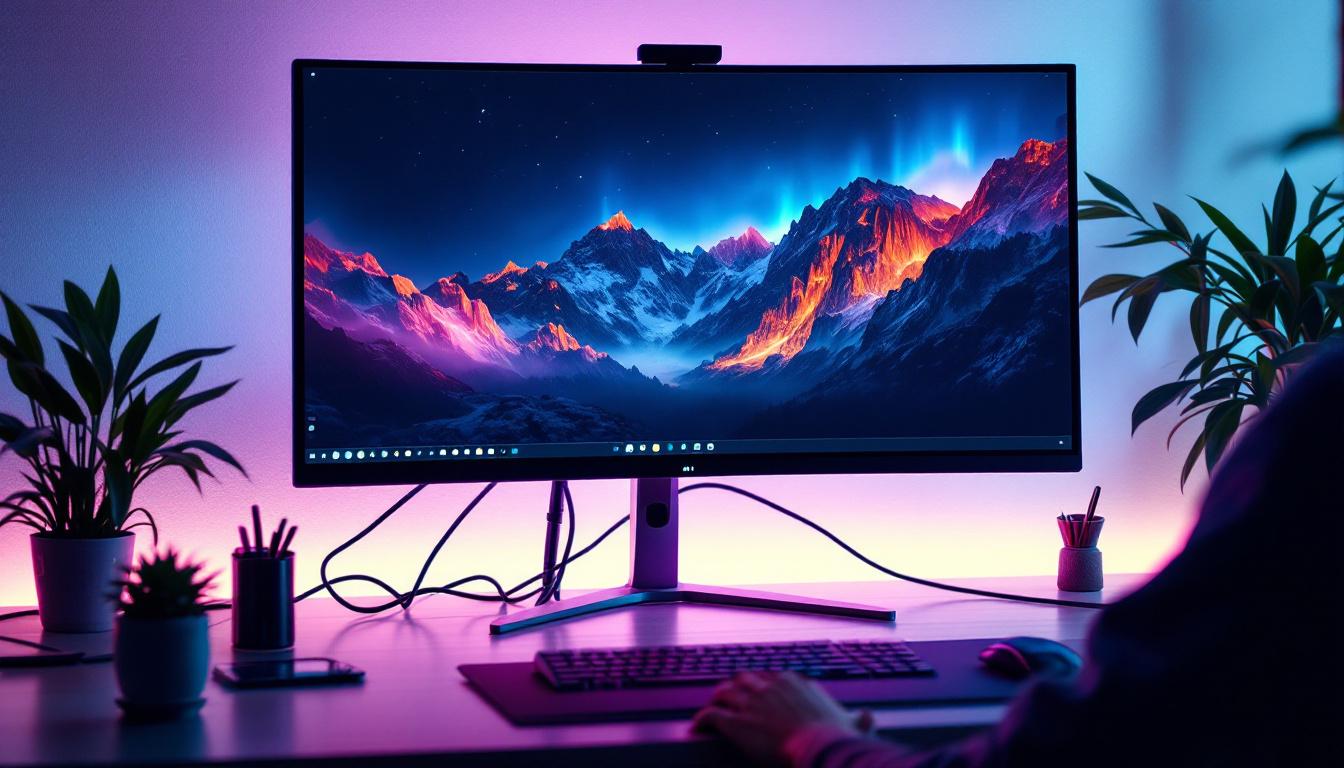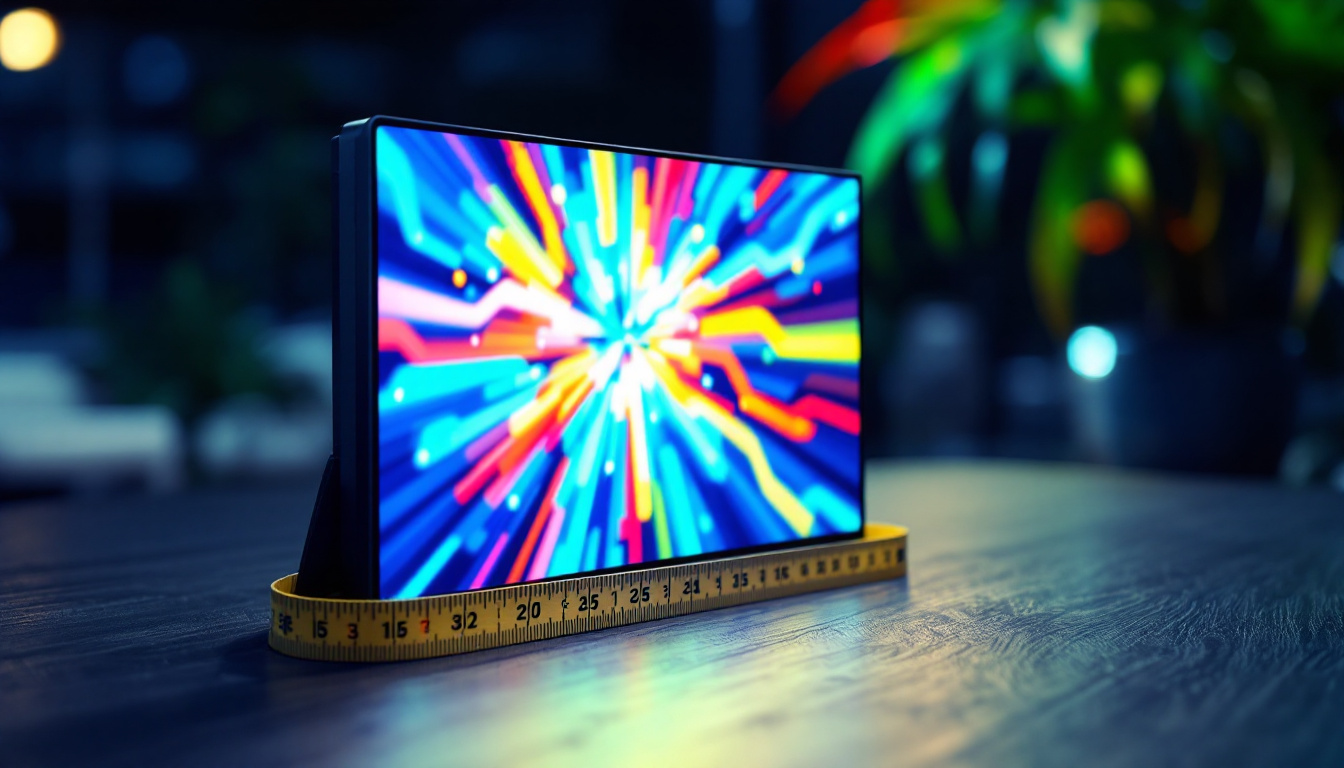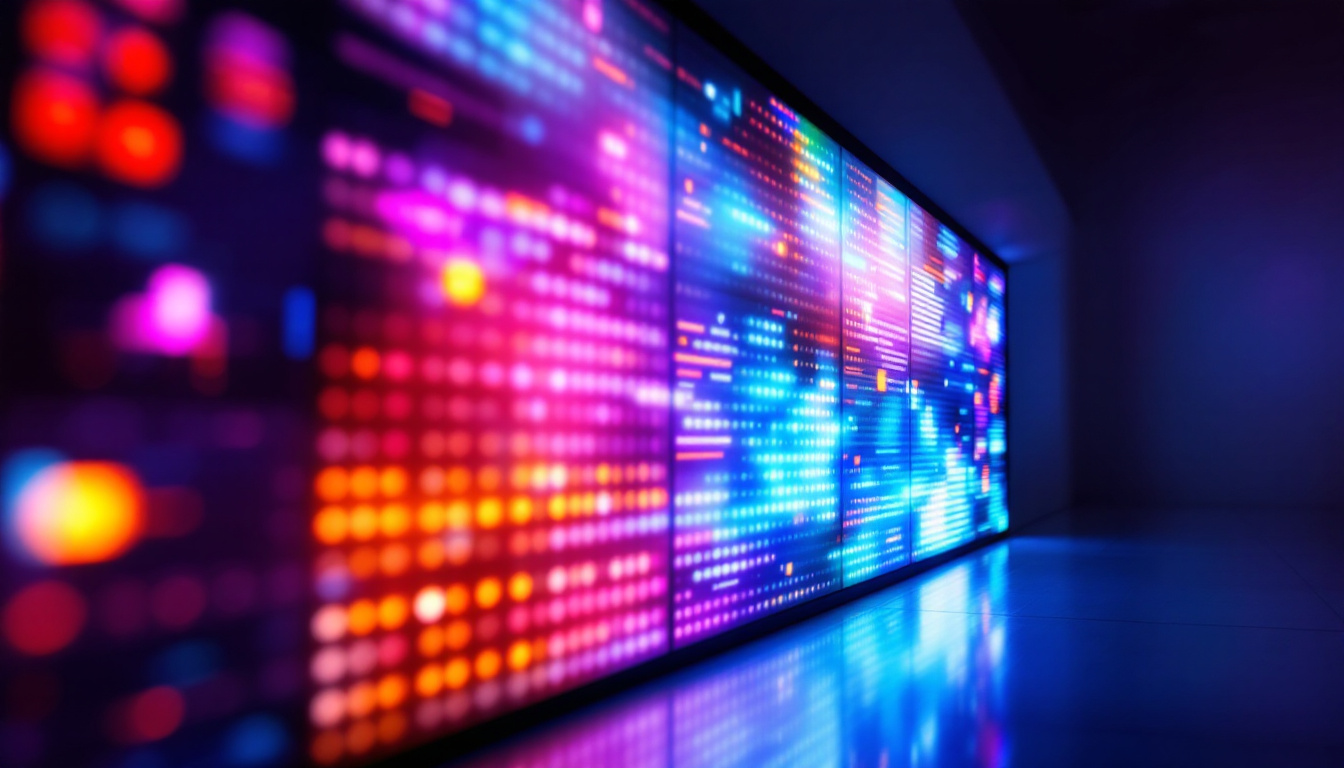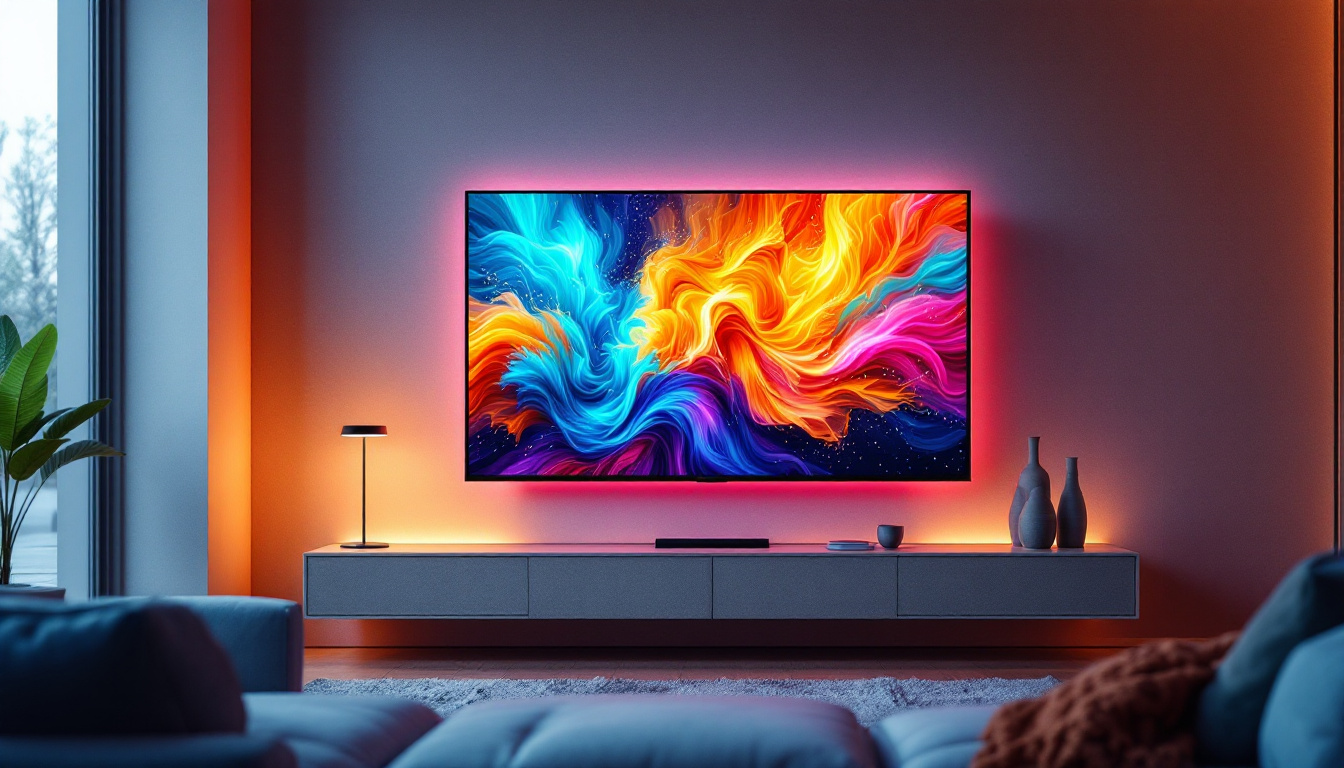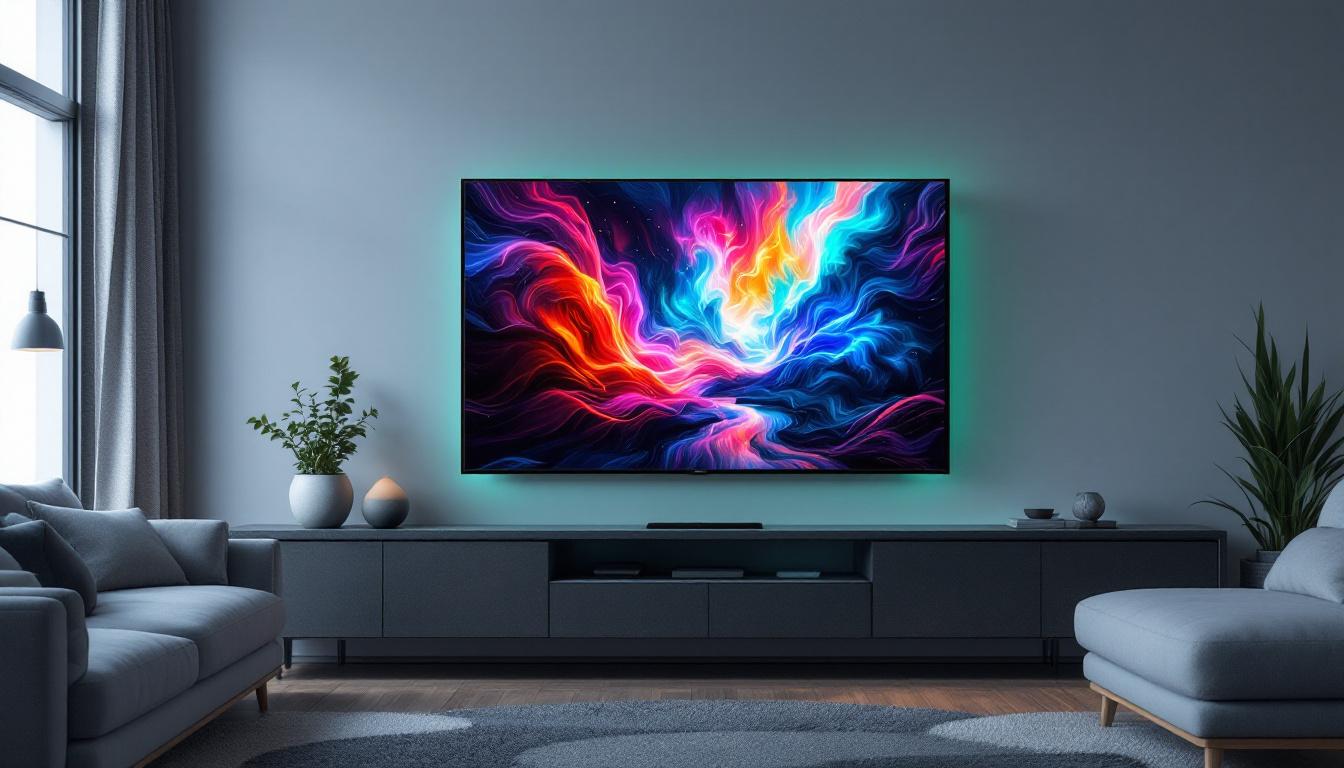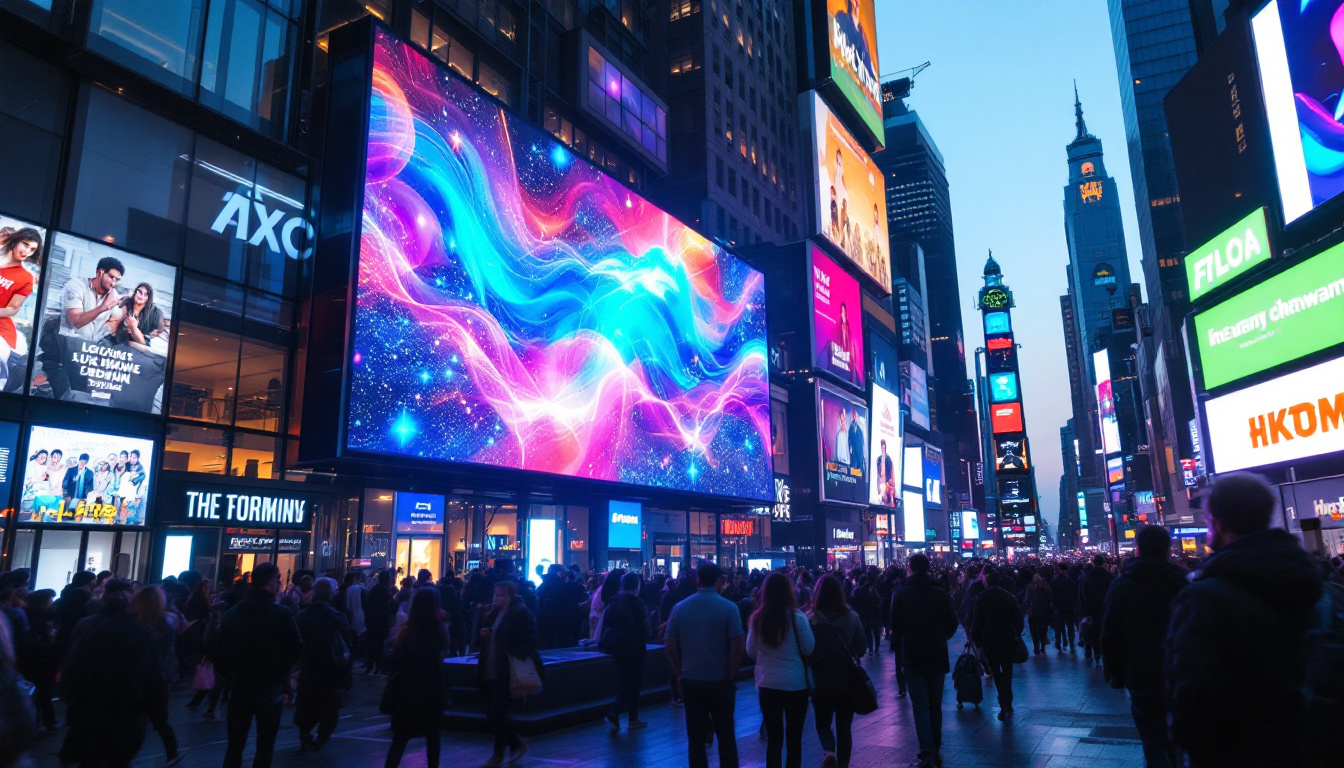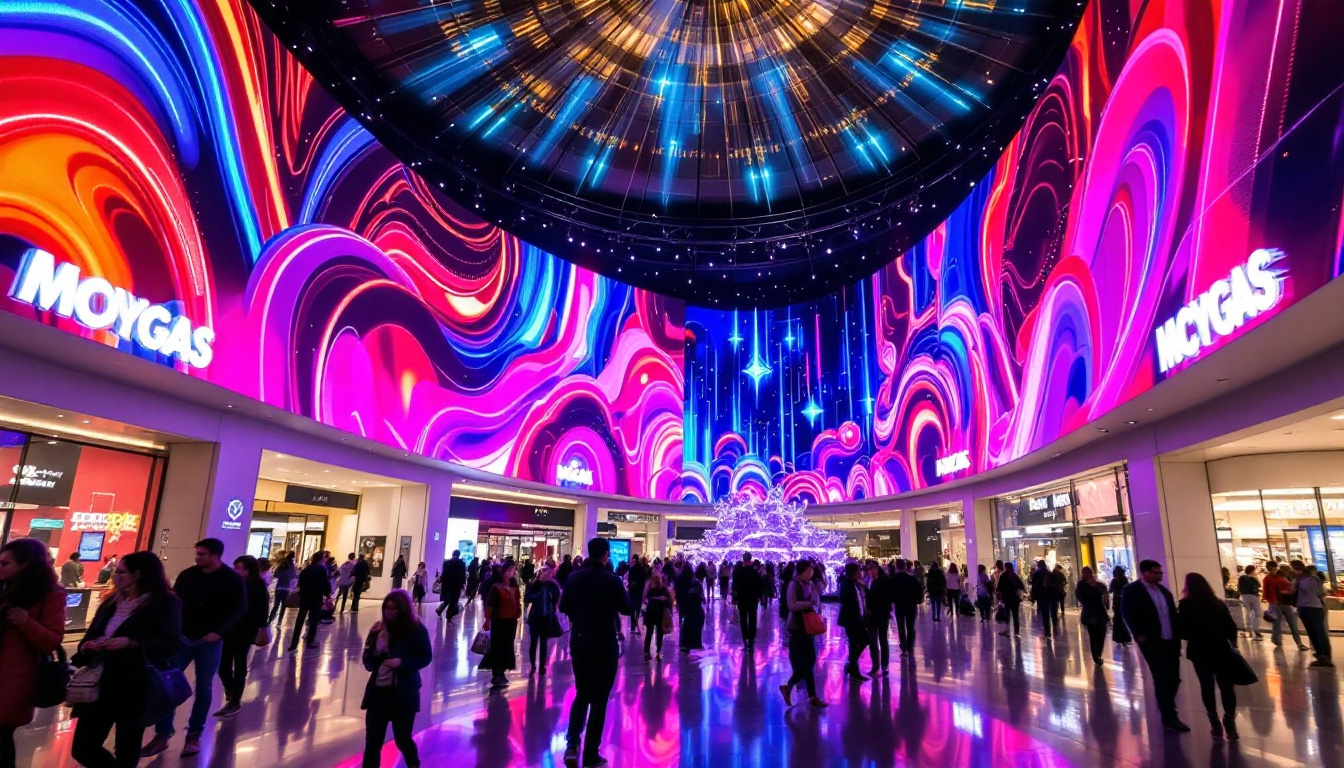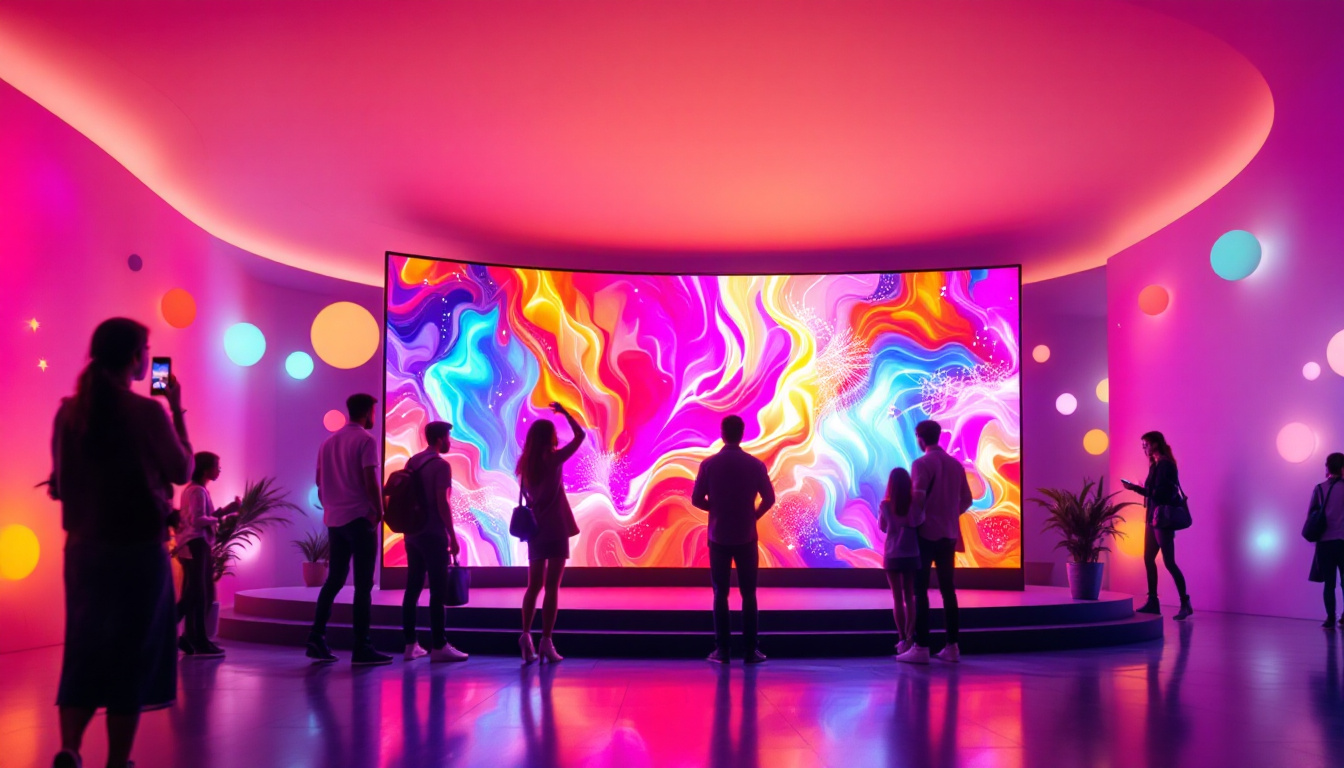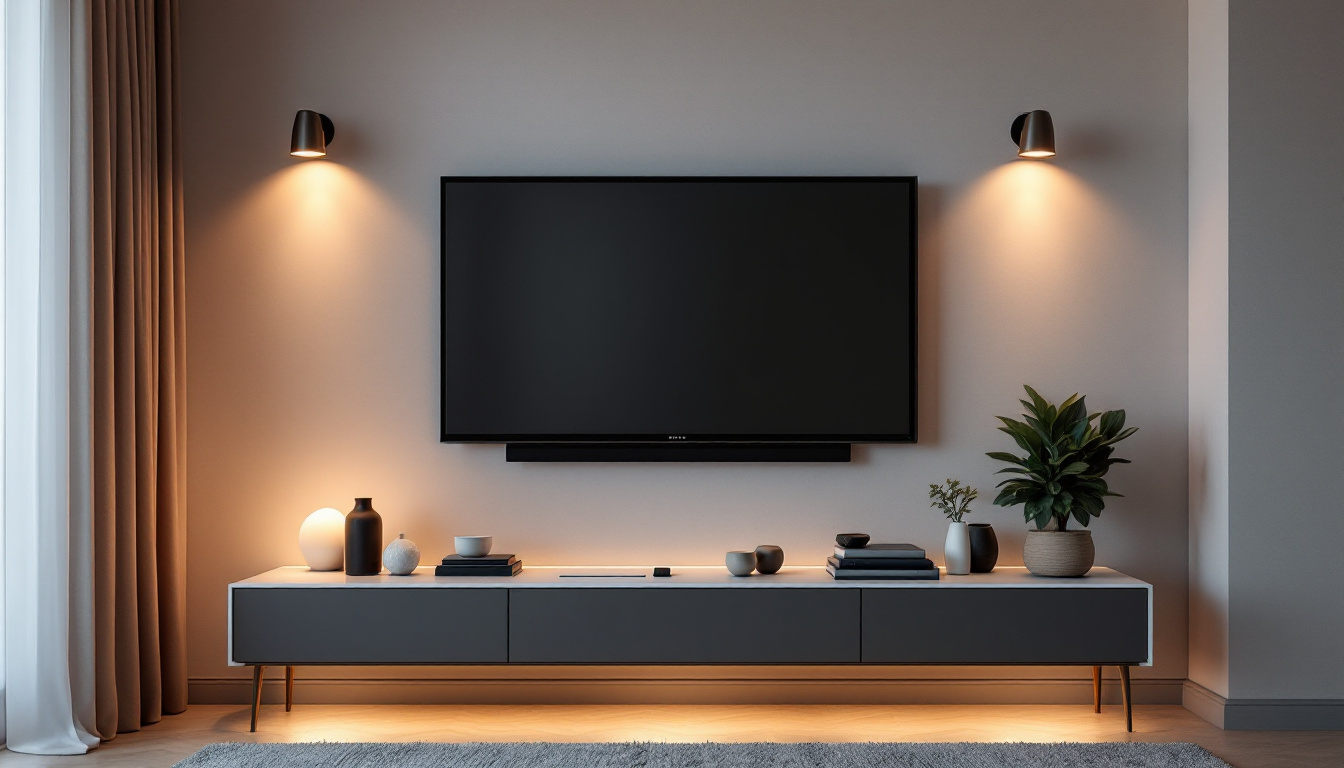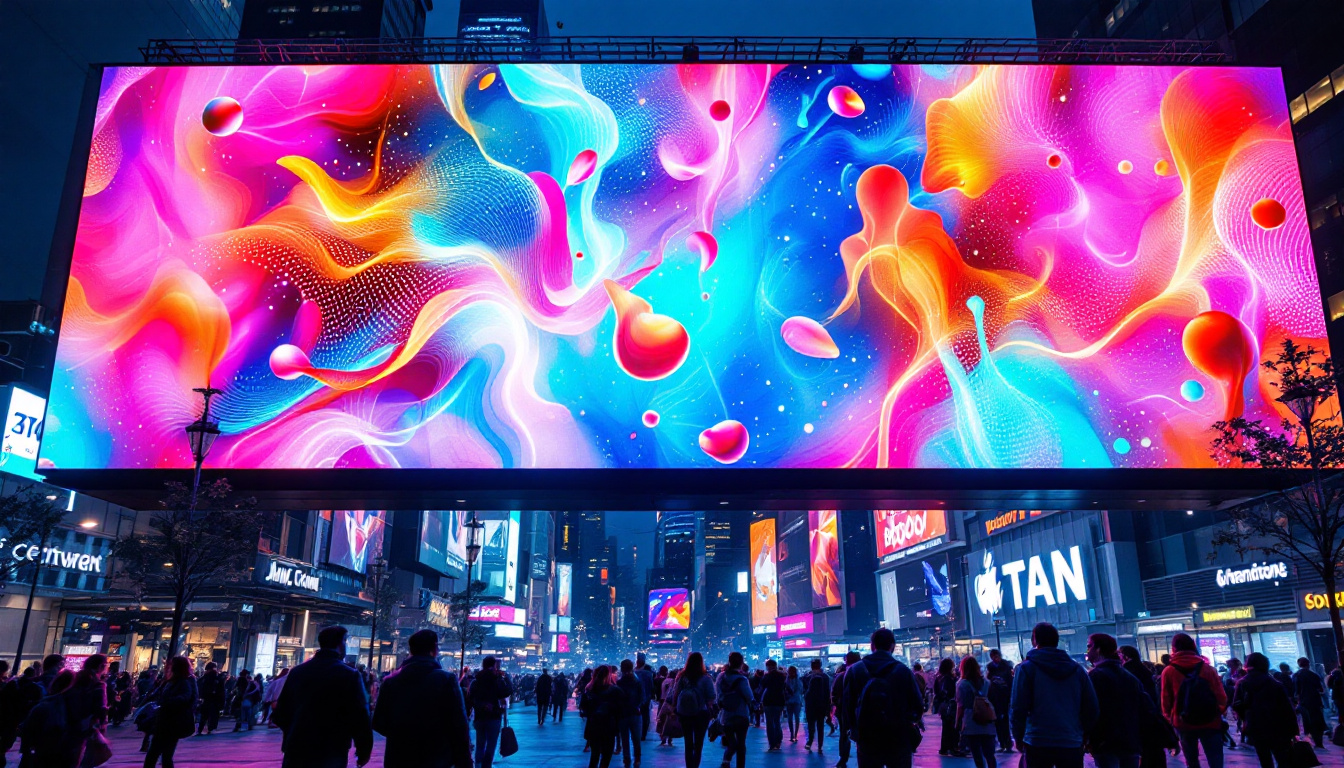In today’s fast-paced digital world, the choice of a desktop monitor can significantly influence productivity, entertainment, and overall user experience. Among the various types of displays available, LED (Light Emitting Diode) technology has gained immense popularity, particularly in large desktop monitors. This article delves into the intricacies of LED displays, their advantages, and what to consider when selecting a large desktop monitor.
Understanding LED Technology
LED technology is a form of LCD (Liquid Crystal Display) that uses LED backlighting instead of traditional fluorescent lights. This innovation has transformed the way images are rendered on screens, leading to brighter displays, better energy efficiency, and improved color accuracy. The shift to LED technology has not only enhanced the visual experience but has also paved the way for new applications in various fields, including medical imaging, automotive displays, and even architectural lighting.
How LED Displays Work
At the core of an LED display is the use of tiny semiconductor devices that emit light when an electric current passes through them. This light is used to illuminate the pixels in the display, allowing for vibrant colors and sharp images. There are two primary types of LED backlighting: edge-lit and full-array. Edge-lit displays utilize LEDs positioned along the edges of the screen, while full-array displays have a grid of LEDs behind the entire screen, providing more uniform brightness and better contrast. The choice between these two types often depends on the specific needs of the user, as full-array displays tend to offer superior performance in terms of color depth and dynamic range.
The combination of LED technology with LCD panels allows for thinner and lighter monitors, making them more versatile for various setups. Additionally, the ability to control brightness and color at a granular level enables manufacturers to create displays that can achieve deeper blacks and brighter whites, enhancing the overall viewing experience. This adaptability has made LED displays popular not only in consumer electronics but also in professional environments where precise color representation is crucial, such as photography studios and design firms.
Benefits of LED Displays
LED displays offer numerous advantages over traditional monitors. One of the most significant benefits is energy efficiency. LED monitors consume less power than their LCD counterparts, which not only reduces electricity bills but also contributes to a more sustainable environment. This energy efficiency is particularly important in large-scale installations, such as digital signage and public displays, where the cumulative savings can be substantial.
Moreover, LED displays typically have a longer lifespan, often exceeding 50,000 hours of use. This durability makes them a cost-effective choice for both home and office environments. Additionally, the superior color accuracy and contrast ratios provided by LED technology enhance the viewing experience, making it ideal for graphic design, gaming, and multimedia consumption. The advancements in LED technology have also led to the development of HDR (High Dynamic Range) displays, which further improve the range of colors and brightness levels, allowing viewers to experience content as it was intended by the creators. As a result, LED displays are becoming increasingly popular in high-end televisions and professional monitors, setting new standards for visual fidelity in the industry.
Key Features of Large Desktop Monitors
When considering a large desktop monitor, several features should be evaluated to ensure it meets specific needs and preferences. These features can significantly affect usability and performance, making it essential to choose wisely.
Screen Size and Resolution
The screen size of a monitor is one of the most critical factors to consider. Large desktop monitors typically range from 27 inches to 49 inches or more. A larger screen can enhance productivity by providing more screen real estate, allowing users to multitask effectively. However, it is also essential to consider the resolution. Higher resolutions, such as 4K (3840 x 2160 pixels), provide sharper images and more detail, making them ideal for tasks that require precision, such as video editing or graphic design.
For general office work or casual use, a 1080p (1920 x 1080 pixels) resolution may suffice. However, for those who work with high-definition content, investing in a monitor with a higher resolution can significantly improve the quality of work and reduce eye strain. Additionally, some monitors now offer features like HDR (High Dynamic Range), which enhances color accuracy and contrast, making images appear more vibrant and lifelike. This is particularly beneficial for photographers and videographers who need to ensure their work is represented accurately across different platforms.
Refresh Rate and Response Time
Refresh rate, measured in hertz (Hz), indicates how many times per second the display refreshes the image. A higher refresh rate, such as 144Hz or 240Hz, is particularly beneficial for gamers, as it results in smoother motion and a more responsive experience. Conversely, a standard refresh rate of 60Hz is adequate for everyday tasks. Gamers often seek monitors that support technologies like NVIDIA G-SYNC or AMD FreeSync, which help eliminate screen tearing and stuttering, further enhancing the gaming experience.
Response time, measured in milliseconds (ms), refers to how quickly a pixel can change from one color to another. A lower response time reduces motion blur and ghosting, which is crucial for fast-paced gaming and video playback. Monitors with a response time of 5ms or lower are typically recommended for gaming enthusiasts. Moreover, for those who enjoy watching movies or streaming content, a monitor with a fast response time can significantly enhance the viewing experience, ensuring that action sequences are smooth and clear without distracting artifacts. This is particularly important in genres like action or sports, where quick movements are frequent and clarity is paramount.
Connectivity Options
In today’s interconnected world, having a variety of connectivity options is essential for a large desktop monitor. The right ports can enhance functionality and make it easier to connect multiple devices.
Common Ports
Most large desktop monitors come equipped with several types of ports, including HDMI, DisplayPort, USB-C, and VGA. HDMI and DisplayPort are the most commonly used for video and audio transmission, while USB-C ports offer additional functionality, such as data transfer and charging capabilities.
When selecting a monitor, it is crucial to ensure that it has the necessary ports to connect to existing devices, such as computers, gaming consoles, or laptops. Additionally, some monitors feature built-in USB hubs, allowing for easy access to USB devices without needing to reach around the back of the monitor.
Ergonomics and Adjustability
Ergonomics is a vital consideration for anyone spending long hours in front of a monitor. A large desktop monitor should offer adjustable height, tilt, and swivel capabilities to promote a comfortable viewing experience. Some models even come with VESA mount compatibility, allowing users to mount the monitor on a wall or an adjustable arm for optimal positioning.
Investing in a monitor with good ergonomic features can help reduce neck and back strain, leading to improved comfort and productivity during extended use.
Color Accuracy and Calibration
For professionals in fields such as photography, graphic design, and video editing, color accuracy is paramount. Large desktop monitors can vary significantly in their ability to reproduce colors accurately, making it essential to consider this aspect when making a purchase.
Color Gamut and Coverage
The color gamut refers to the range of colors a monitor can display. Monitors that cover a broader color gamut, such as Adobe RGB or DCI-P3, are better suited for creative professionals who require precise color representation. It’s crucial to check the specifications of the monitor to ensure it meets the necessary color coverage for specific tasks.
Additionally, some monitors come factory-calibrated, ensuring that colors are accurate right out of the box. For those who require the highest level of precision, manual calibration using specialized tools can further enhance color accuracy.
HDR Support
High Dynamic Range (HDR) technology is becoming increasingly popular in large desktop monitors. HDR enhances the contrast between the brightest and darkest parts of an image, resulting in more vibrant colors and improved detail in shadows and highlights. Monitors that support HDR can provide a more immersive viewing experience, particularly for gaming and watching movies.
Choosing the Right Monitor for Your Needs
Selecting the right large desktop monitor requires careful consideration of individual needs and preferences. Whether for gaming, professional work, or general use, understanding the various features and specifications can help narrow down the options.
For Gamers
Gamers should prioritize monitors with high refresh rates, low response times, and adaptive sync technologies, such as NVIDIA G-Sync or AMD FreeSync. These features help eliminate screen tearing and provide a smoother gaming experience. Additionally, a monitor with a fast response time and a high resolution will enhance the overall gaming experience.
For Creative Professionals
Creative professionals should focus on color accuracy, resolution, and HDR support. A monitor that covers a wide color gamut and offers factory calibration will ensure that colors are represented accurately. Furthermore, a high-resolution display will allow for detailed work, making it easier to edit photos and videos.
For General Use
For everyday tasks, such as browsing the web, office work, and streaming videos, a monitor with a resolution of 1080p or higher and decent ergonomics will suffice. Features such as built-in speakers and USB hubs can also enhance the overall user experience.
Conclusion
Large desktop monitors with LED displays offer a wealth of advantages, including energy efficiency, improved color accuracy, and a superior viewing experience. Understanding the various features, such as screen size, resolution, refresh rate, and connectivity options, is crucial for selecting the right monitor to meet specific needs.
Whether for gaming, professional work, or general use, investing in a high-quality large desktop monitor can significantly enhance productivity and enjoyment. With the right information and considerations, users can make informed decisions that will serve them well for years to come.
Discover LumenMatrix’s Advanced LED Display Solutions
Ready to elevate your visual experience with a large desktop monitor that embodies innovation and performance? Look no further than LumenMatrix, a pioneer in LED display technology. Our extensive range of solutions, from Indoor and Outdoor LED Wall Displays to specialized options like Vehicle, Sports, and Floor LED Displays, is designed to meet the diverse needs of our clients. Whether you’re looking to enhance your gaming setup, optimize your professional workspace, or create a dynamic advertising platform, LumenMatrix has the expertise to bring your vision to life. Check out LumenMatrix LED Display Solutions today and transform the way you see the world.

